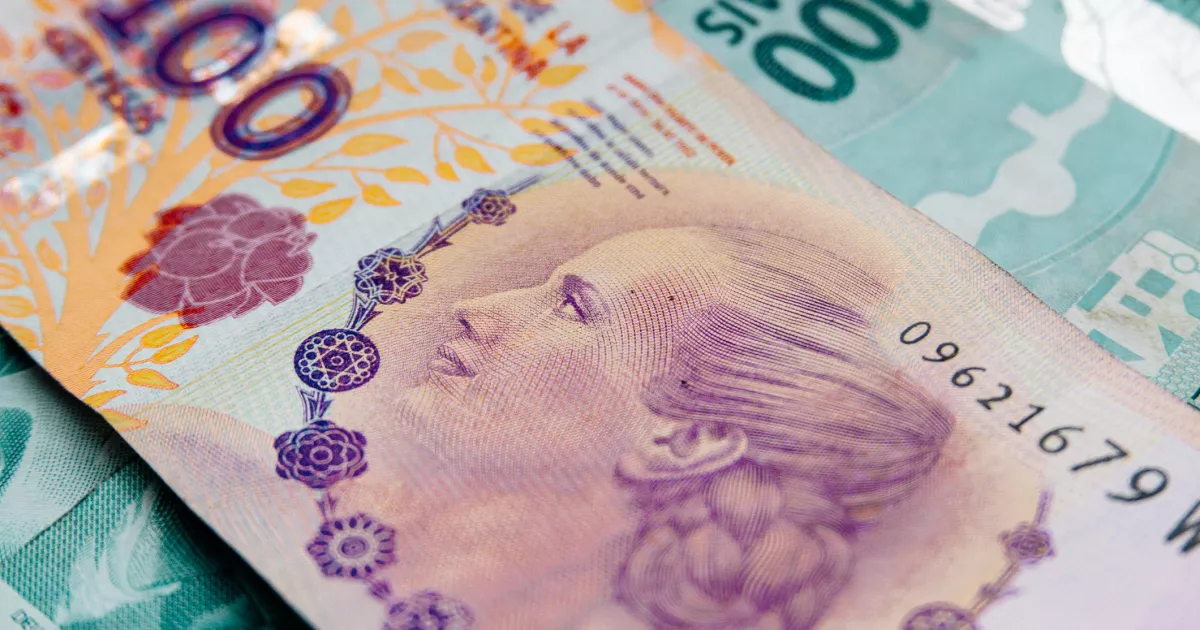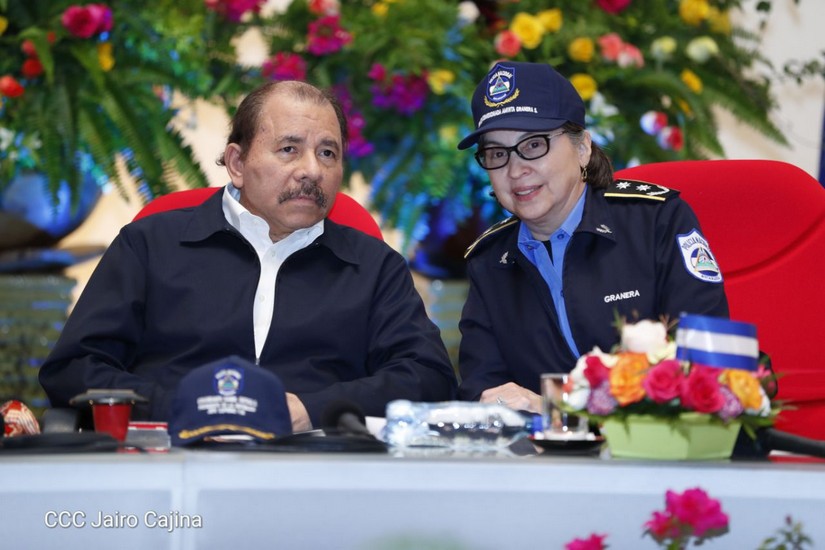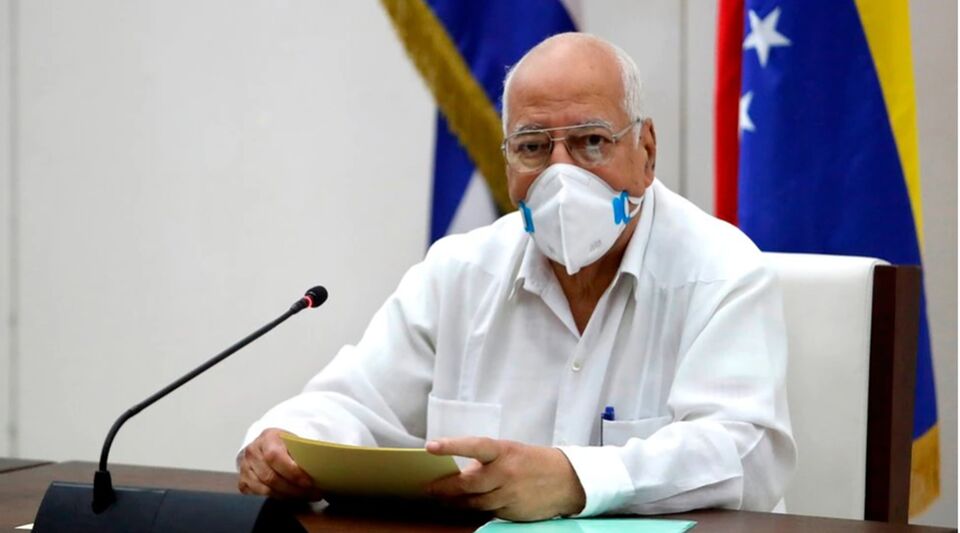“With the amount of pesos out there, the central bank and the government may come to the conclusion that they have no choice but to limit access,” Moody’s analyst Gabriel Torres said in a webinar.
“Argentina hasn’t been in that situation for a while, but it has in the past,” he added.
In a report, Moody’s said central bank debt had risen significantly relative to GDP in the past two years, while its ratio to base money now exceeded 200%.
“The relationship with the monetary base is comparable to that observed in the late 1980s, a period that included a hyperinflationary episode,” Moody’s explained.
The entity said that there were refinancing risks related to the debt in local currency, with 64% maturing in less than a year and 70% indexed by the inflation rate, which is currently at 88% per year and is expected to reach 100% this year.
“As inflation is on the order of 100%, a sudden currency shock could lead authorities to consider freezing peso-denominated savings and bank deposit accounts to limit further exchange rate pressures,” the report said.
“Argentine banks’ exposure to government and central bank debt, mostly denominated in local currency, has increased recently and poses systemic risks for the financial sector,” it added.
In the afternoon, S&P downgraded Argentina’s currency rating to CCC- from CCC+, with a negative outlook, after saying the decision reflected economic challenges and “a persistent disagreement over policies within the ruling coalition and the opposition that weighs on financing conditions in local markets”.
“Macroeconomic instability and a polarized political landscape are exacerbating vulnerabilities for local debt placements, especially given the magnitude of debt maturities as the 2023 primary (PASO) and national elections approach,” S&P added in a report.

















